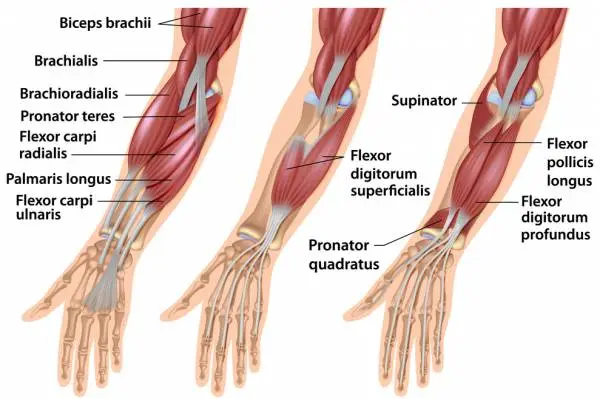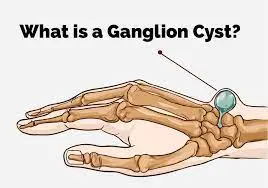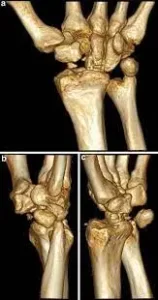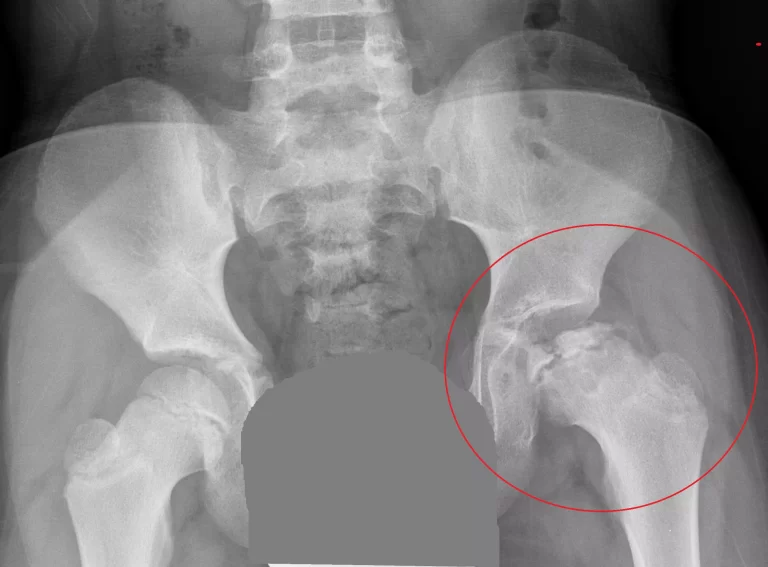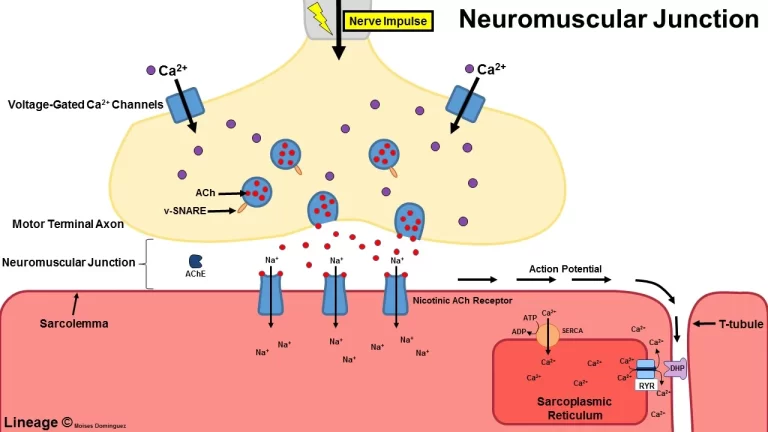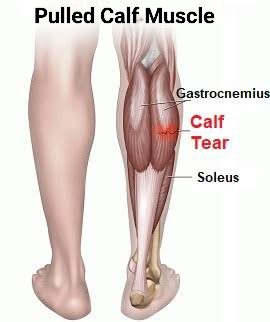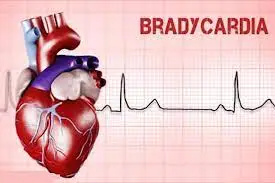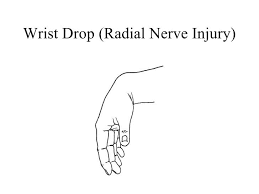Muscles Of Forearm
Introduction The forearm is a vital anatomical region located between the elbow and the wrist. It contains a complex network of muscles that contribute to the intricate movements of the hand, wrist, and fingers. These muscles can be broadly classified into anterior (flexor) muscles and posterior (extensor) muscles. The anterior muscles facilitate actions such as…

